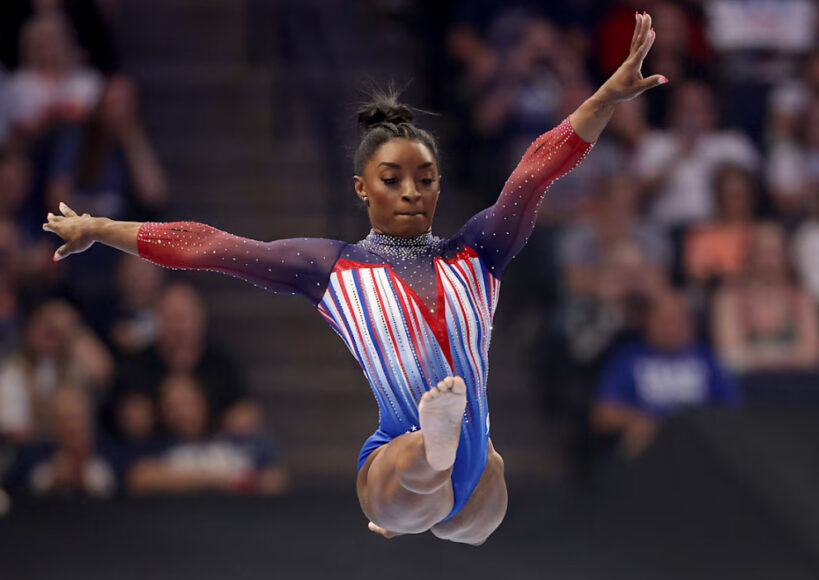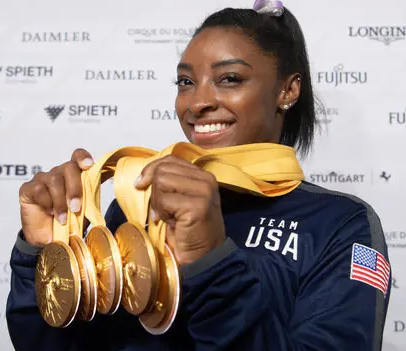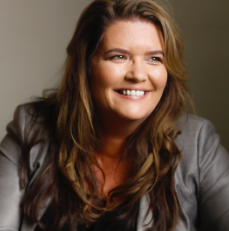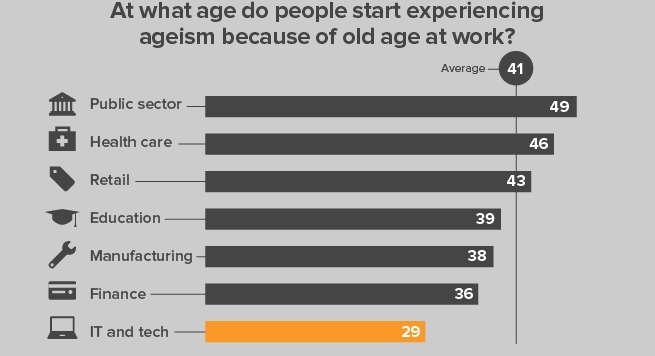Uneven Bars: Diversity, Inclusion and Age Discrimination
 When we think about the issues associated with “ageism” in today’s job market, we largely tend to first think of older, more experienced workers who live their lives – and livelihoods – in a somewhat precarious position, plagued by the widespread misperception that they are somehow past their professional prime.
When we think about the issues associated with “ageism” in today’s job market, we largely tend to first think of older, more experienced workers who live their lives – and livelihoods – in a somewhat precarious position, plagued by the widespread misperception that they are somehow past their professional prime.
Older workers should be valued for their extensive experience and proven expertise, but instead, find themselves with the sword of Damocles perched perpetually over their heads (and headcount), seen largely as Luddites, stuck in the status quo, past their prime and imminently disposable.
Time seems to be running out once workers reach a certain tenure, and while they say wisdom comes with experience. In the workforce today, however, the conventional wisdom among many newly minted Millennial managers is that more or less anyone over 40 (or anyone seen as relatively “old,” at least compared to their colleagues) represent what’s essentially a depreciating, disposable asset that’s likely long overdue for a trade-in.
Junior Division: A Double Standard That’s Getting Old
While age might be nothing but a number, it’s a significant workplace liability, too – and the more mileage you have on your resume, the likelier it is you’ll find yourself replaced by a newer model, so to speak. Look at most layoffs or reductions in force; inevitably, involuntary turnover disproportionately impacts established workers over their emerging colleagues.
The fact that ageism runs rampant in the workplace is not news; at this point, it’s common knowledge bordering on corporate cliche. While the perception is that much of this phenomenon is driven by aspiring, driven younger workers proactively pushing out their older colleagues, the truth isn’t so simple and straightforward.
Fact is, age-based discrimination can be just as pervasive, and just as detrimental, among less experienced, less tenured workers, too – particularly those who work within the tech space. While 2 out of every 3 older workers report having experienced some sort of age based discrimination at work, according to a report published by the BBC, a new, acute and equally pernicious form of ageism is increasingly impacting younger employees, too.
For Gen Z, “Zillennial” and the youngest members of Gen Y, the rise of reverse ageism seems like a true Catch 22. In this lose-lose situation, the harder younger employees work, the more likely they are to be seen as doing too much, and thus, find themselves labeled as “overly ambitious.” On the other hand, if they do too little, or who eschew corporate politics and conventional career ladders are seen as lazy, apathetic, and, infamously, “entitled.”
Younger workers, like generations before them, inevitably go against the status quo and challenge longstanding workplace norms and conventions; “how it’s always been done” doesn’t much matter to workers who want to do things differently. The emerging workforce, largely, is looking for change; veteran workers, by contrast, tend to stay well within their comfort zone.
Passing the Torch: A Lesson Plan for Legacy Systems
There has to be a happy medium, of course, one that can only be achieved when generations at work come together not as adversaries, but as professional peers. Younger workers’ insistence on staying on the cutting edge and constant change might well provide the nudge that older workers need to start thinking outside the box, and taking the sort of calculated risks that not only benefit their bigger businesses and bottom line results, but also, solidify their job security, too.
Older workers tend to be dismissive of their less experienced colleagues and counterparts, yet that attitude of not taking younger employees seriously can aversely impact both the business impact and technological advancement of companies across industries, functions and sizes.
The younger generation, conversely, also needs to realize that their “older” counterparts in fact have invaluable technological acumen and expertise, the type that can only be developed over time and honed with hands-on experience.
They possess a foundational knowledge of critical business systems; while some of these legacy tools might seem anachronistic and antiquated, they remain foundational tools that remain at the core of business processes and policies.
Minds are, after all, far easier to change than infrastructure – which is why every end user could use the institutional knowledge and insights of coworkers who have been there, done that – and done it well enough to ensure, at least, enough sustained growth to necessitate the hiring those same emerging workers who would see them put out to pasture.
Major healthcare companies, the banking sector, the federal government and countless enterprise employers continue to rely on legacy systems that require, well, legacy knowledge.
And while recent grads may be entering the workforce with differentiated tech skills and experience leveraging the most cutting edge tech and advanced software on the market, this is largely irrelevant for an employer whose business remains reliant on established enterprise systems and last-generation solutions.
These instances are often highly customized and configured for each company’s business processes and policies. These seemingly obsolete technologies represent, in fact, years of large scale internal development and significant capital investment by a company to extend the lives, and legacies, of their Tier One tools.
There’s no way this can be taught in any computer science classroom; not even the most advanced engineers and innovative developers can figure out, independently, how these stacks actually stack up. The only way to learn is by doing, and that lengthy experience many older workers have represents, in fact, years of extensive experiential learning.
As long as companies continue to rely on proprietary platforms, outdated tools and otherwise obsolete technologies, emerging professionals are at an obvious disadvantage when compared to their more tenured counterparts. These younger workers would be wise to realize that working with, instead of against, experienced colleagues would create a significant competitive advantage, both personally and professionally.
Going for Gold: Winning The Team Competition in Workplace Technology

As I’ve been thinking about age discrimination in the tech industry, I was recently reminded that tech isn’t the only place with a pervasive ageism problem.
All I had to do was turn on the Olympics, and sit back and listen.
The commentators, and the crowds, roundly celebrates the 16 year old outlier whose 100 meter dash time crushes the competition, or the elite athleticism of the US Gymnastics team and the cutthroat competitors with the talent to somehow make this elite team. In a sport where competitors peak before their teen years are even over, we recognize how remarkable – and ephemeral – their athletic accomplishments truly are.
But then again, as always, there are outliers – like 27 year old Simone Biles, whose reemergence onto the Olympic scene after over a decade of dominance has seen many dismiss her as too old for the competition, the media labeling her the team’s “grandmother” and wondering if her spot should have gone to an up-and-comer rather than an established star. After all, she’s already had her opportunity, said many commentators; maybe its time to move aside and let someone else have a place at the podium. And yet.
Biles might be the most experienced gymnast on Team USA, but she’s also the most iconic. She’s been here before, and she knows what it takes to win gold, for both her team and as an individual. Much like older tech workers, she might not be what’s new or what’s next, but she has the ability to go for Gold right now.
I think we can glean a few nuggets of wisdom from this disparity.
Ageism is both too young and too old. When you hire young tech talent and recognize a special skill set early — foster it. The more support you give a promising younger employee, the more likely they will feel like a crucial part of the team. Encourage younger people to share their thoughts in meetings and actually listen to them. You just might discover an amazing new way of doing something.
However, we must also encourage them to embrace their 40+ year old colleagues and learn from them. Over 40 in the tech industry is far from old, with many of these professionals holding critical skill sets that younger workers simply don’t possess.
We can also learn another lesson from our U.S. Olympic teams in Paris — the power of teamwork. These athletes know that a teamwork mindset is needed to succeed. They know they are strongest together, regardless of age, and will rely on each other for success. Where a younger athlete will fill the skill gap in one area, an older teammate will fill the gap in another.
Imagine a work environment where the vast experience and wisdom of older employees meet the new skill sets and fresh perspectives of younger employees. There, you have a winning scenario that benefits the employees, the team, and the company as a whole.
The technology sector can take a page from the Olympics regarding ageism. When you play as a team, you win as a team—regardless of your teammates’ ages.

Following four years of R&D at the University of Cambridge in England, in 2014, Angela returned to foundThisWay Global Inc. ,a company focused on leveraging AI and business automation to unlock human potential.
It has since become one of the fastest growing SaaS automation companies in the world.Hood is a well-respected thought leader and international keynote speaker on the topics of mitigating bias using artificial intelligence, the ROI of diversity and human-centric automation.


